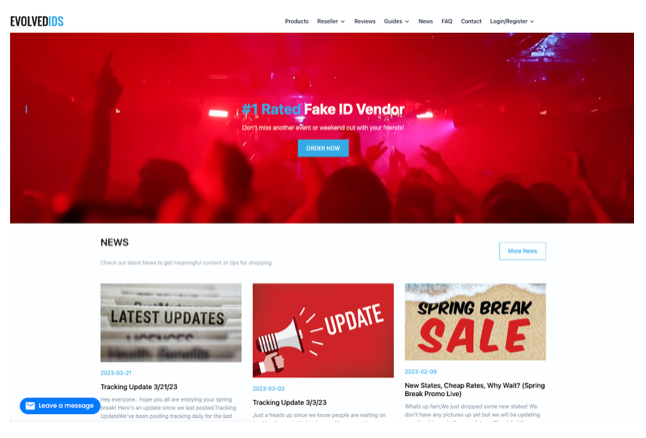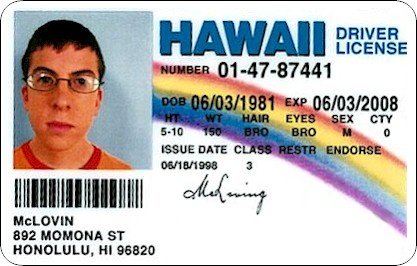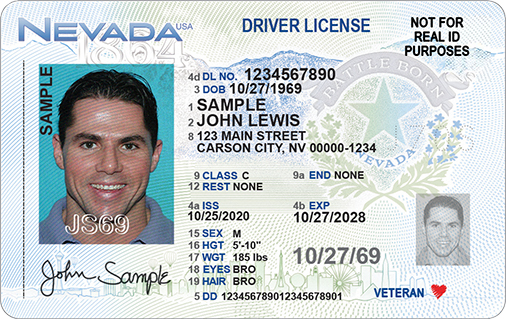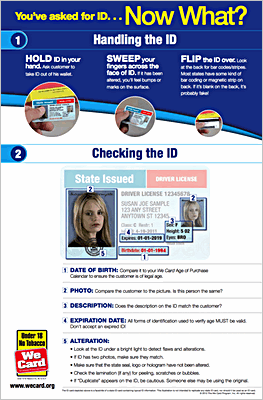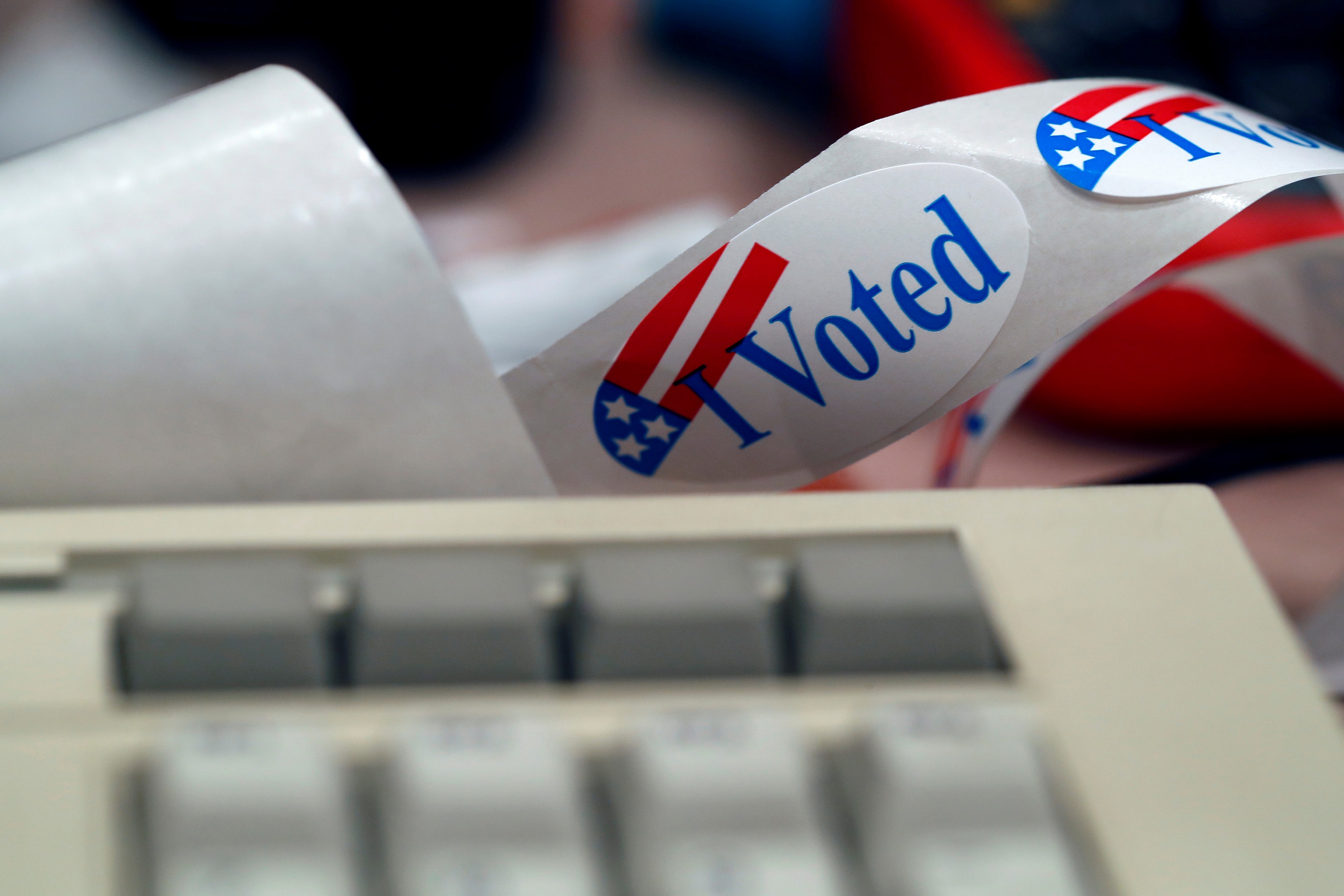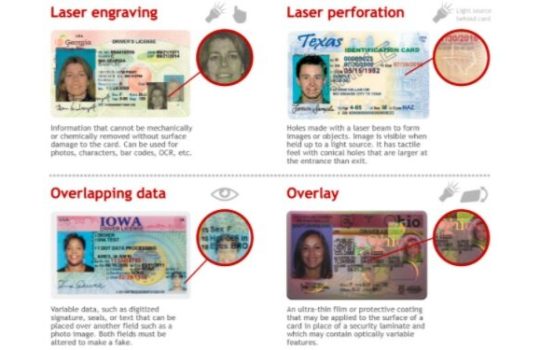Nevada Scannable Fake Id Website
2023-07-29 2023-07-29 21:00Nevada Scannable Fake Id Website

Nevada Scannable Fake Id Website
Malaysia Fake Driver License
Czech Fake Passport
Oman Fake Passport
Uae United Arab Emirates Fake Passport
Title: The Rising Concerns Surrounding Nevada Scannable Fake ID Websites
Introduction:
The advent of technology has led to the proliferation of fake identification websites, creating growing concerns regarding their potential implications. Nevada, known for its vibrant nightlife and bustling entertainment scene, has witnessed a surge in the demand for fake identification cards. This article aims to delve into the specifics of Nevada’s scannable fake ID websites, shedding light on the consequences they entail and the measures being taken to combat this issue.
I. Exploring the Rising Trend of Fake ID Websites:
The internet has become the prime platform for fake ID vendors to promote their services. Nevada, with its popular tourist destinations such as Las Vegas, carries the risk of attracting individuals seeking to exploit the state’s lenient regulations surrounding identification. These fake ID websites primarily target vulnerable individuals, namely young adults and college students, who are eager to access age-restricted venues.
II. The Consequences of Scannable Fake ID Websites:
a) Legal Ramifications:
Operating, possessing, or using a fake identification card is an illegal offense in Nevada. The State’s officials are increasingly vigilant in cracking down on these practices and penalizing offenders. Individuals caught in possession of or using fake IDs could face misdemeanor charges, leading to fines, community service, and even potential jail time.
b) Undermining Public Safety:
The use of fake IDs can compromise public safety in various ways. Access to age-restricted venues bypassing legitimate security checks increases the chances of underage drinking and drug abuse. Furthermore, fraudulent identification documents can facilitate criminal activities, including identity theft, terrorist activities, and financial fraud.
III. The Role of Technology in Facilitating Scannable Fake IDs:
Advances in technology have made it easier to produce scannable fake identification cards that can deceive even the most sophisticated security systems. Criminal enterprises operating these websites employ advanced printing techniques, holograms, ultraviolet elements, and microprint, rendering their products harder to detect. This has heightened concerns among law enforcement agencies and prompted the need for enhanced vigilance and updated identification verification methods.
IV. Countering Fake ID Websites:
Authorities and law enforcement agencies in Nevada have recognized the pressing need to tackle the proliferation of fake ID websites. They are intensifying efforts to collaborate with technology companies, experts, and forensic specialists to develop more advanced identification verification systems. Implementing rigorous training programs for security personnel and ensuring strict adherence to verification protocols is essential.
V. Public Awareness and Educational Campaigns:
Promoting awareness regarding the dangers and legal consequences of using fake IDs is crucial to deter individuals from engaging with these websites. By launching targeted educational campaigns in schools, universities, and public institutions, authorities hope to inform citizens about the potential pitfalls and risks associated with using or possessing counterfeit identification.
VI. Partnerships with Establishments and Online Platforms:
Strengthening cooperation between law enforcement agencies and entertainment establishments is an effective approach to curbing the use of fake IDs. By sharing information about known fake ID websites and conducting joint operations, the chances of detecting offenders and preventing fraudulent ID usage significantly increase. Additionally, online platforms have an obligation to implement stringent user authentication protocols to restrict the sale and promotion of fake identification cards.
VII. Legislative Measures:
Legislative bodies in Nevada are addressing the issue of fake ID websites by enacting stricter laws and penalties. Increasing penalties for individuals involved in manufacturing, promoting, or possessing fake IDs can act as a deterrence, discouraging both vendors and potential buyers.
Conclusion:
The surge in Nevada’s scannable fake ID websites poses significant challenges to public safety, law enforcement, and the integrity of identification systems. By focusing on technological advancements, educational campaigns, and legislative measures, authorities in Nevada can work towards mitigating the potential harm caused by these counterfeit identification cards. Furthermore, fostering public awareness and emphasizing the legal consequences associated with using such IDs is vital in reshaping societal attitudes towards underage access to age-restricted facilities.

